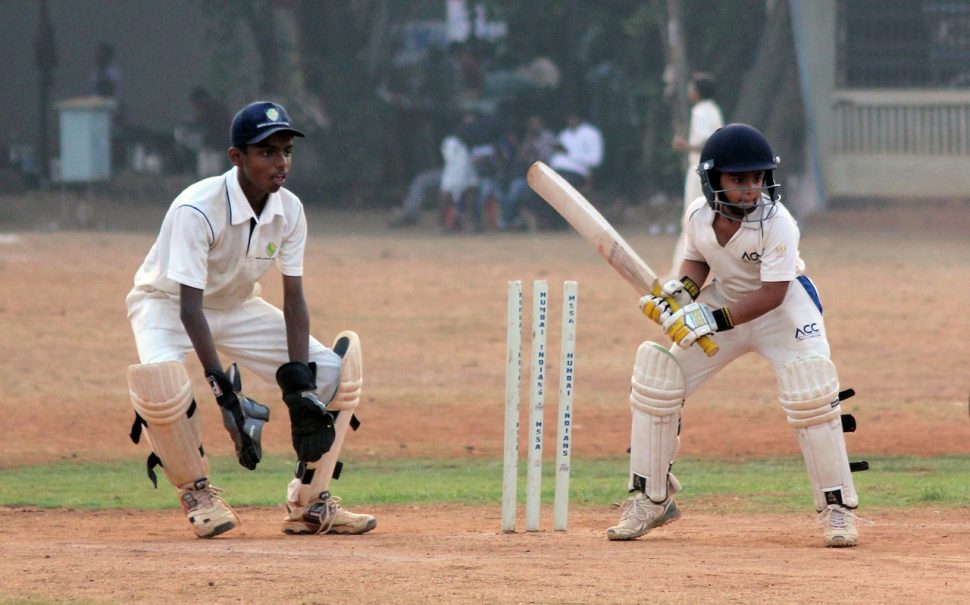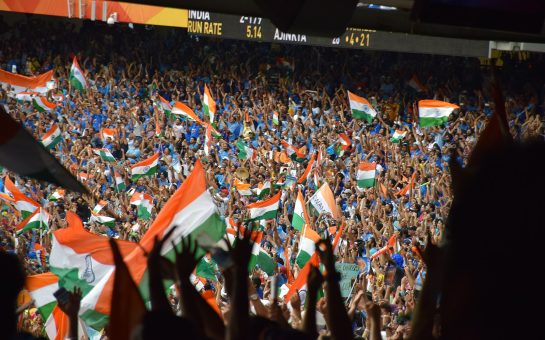As the group stage of the ICC’s Cricket World Cup is in full flow, rumours circulate around the potential scrapping of the format following low attendance numbers at matches.
An article from George Dobell, Senior Correspondent for The Cricketer magazine, has today announced his understanding that the ICC “plans to stage meetings in November to discuss the format’s future”.
The Cricketer understands that the ICC plans to stage meetings in November to discuss the future of 50-over cricket, with several members concerned about falling spectator numbers both at the grounds and on television | @GeorgeDobell1 https://t.co/iZC6nzwmAO
— The Cricketer (@TheCricketerMag) October 23, 2023
This comes following a significant rise in Twenty20 cricket across the world, with many players opting to play in franchise leagues instead of for their international side, alongside frustrations around a lack of preparation for this year’s World Cup.
Mancunian Matters previously reported a feature on the ODI format in a preview for the ICC event, however this new development would provide a huge shock to international and domestic cricket around the world.
The tournament opener between England and New Zealand bewildered fans as the iconic Narenda Modi Stadium in Ahmedabad look bare as ticket sales had only been released weeks before.
Saj Sadiq, editor at PakPassion, wrote on X (formerly Twitter) that the attendance for the match was 47,518. CricCrazyJohns considered this figure: “Great numbers for a non-India game on a weekday.”
The stadium has a capacity of 132,000 and so even though the game’s attendance may well have been considered impressive by some, the tournament looked noticeably bare and BCCI ticketing websites claimed the stadium was sold-out.
Tickets for today's World Cup opener in Ahmedabad are still available online. But more than 80% seats (in grey) seem to be unavailable or sold out. Did everyone decide not to show up? What's happening? 🤔 pic.twitter.com/WX0zWa6q1z
— Trendulkar (@Trendulkar) October 5, 2023
Many non-Indian matches have resulted in limited attendances, which may be attributed to ticketing issues or lack of interest in the format, but fans of participating teams may have difficulty attending matches given the travel required to get to India.
The highly-anticipated India-Pakistan contest last week had a reported attendance of 110,000 in the Narenda Modi Stadium – significantly higher than the figure for the tournament opener at the same venue – although home fans were involved and Pakistan are close neighbours.
In terms of the relevancy of the format, most cricketing nations around the world have some kind of domestic List A format which partly feeds the international sides.
For example, the county cricket system in England currently involves teams competing in all three formats of the game – the LV County Championship (First-Class four-day cricket), the Vitality Blast (T20 cricket) and the Royal London One-Day Cup (List-A cricket).
In terms of the white-ball cricket that England’s international team played this year, there were 13 ODI matches and seven T20 matches, alongside eight red-ball Test matches.
England have had a rocky start to this World Cup, only managing one win from their first four matches.
Following their most recent defeat against South Africa – their worst in the history of the format – coach Matthew Mott told the Guardian: “I would love us to play a little bit more cricket, if I’m being honest.
“When you’re looking to try to get your combinations and confidence, certainly the more you can play together, and win and lose, it’s going to help.
“But at the end of the day I understand the pressure administrators are under to fit everything in, and it’s an incredibly packed schedule. I’m not an administrator, I’m a coach, and it does no good to get outside my lane ropes, to think about things I can’t control.”
Joe Root likewise has called for England to play more 50-over games, except his solution has been to scrap the T20 Vitality Blast – which is considered particularly essential for the financial security of the counties.
England, current defending champions in both white-ball World Cups, were second-favourites to retain their title according to Bet365 – hosts India were odds-on favourites.
This Cricket World Cup has been one which every team is desperate to win – so far each team has won at least one game – and although close contests have been lacking, there have been plenty upsets: last week, Afghanistan beat England and the Netherlands beat South Africa, with Afghanistan beating Pakistan just earlier this afternoon.
This has prompted complaints around the 10-team format as certain nations marginally lost out in the tournament’s final qualification stage held June and July earlier this year.
Telegraph writer Tim Wigmore was particularly frustrated on X (formerly Twitter) by the tournament’s format, however he particularly looks forward to the 2027 edition where 14 teams will compete.
Netherlands' victory shows, once again, the value of the Super League – the only mechanism to give Associate nations ODIs against Full Members.
— Tim Wigmore (@timwig) October 17, 2023
And the excitement about upsets emphasises the folly of a 10-team World Cup – happily, this is the last one, with 14 teams in 2027
But with the potential ICC review in November, which may scrap the format, future World Cups come into major doubt and the entire cricketing landscape could drastically change.
At the very least we will have the remainder of this World Cup to cherish the format and things are starting to heat up nicely as the knockout stages loom in the distance.
Featured image: Pixabay




